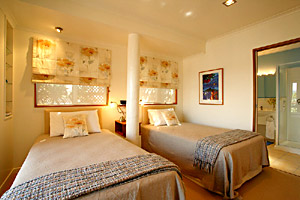 Pooja Ghar in the should be situated in the North-East side of a room. The North - East, North West, East or West corners will be perfect to establish the place of worship here. Avoid the South-West room, bedroom and seating room for the pooja ghar. These can also be built in the West or East of the study room, kitchen or dinning room.
Pooja Ghar in the should be situated in the North-East side of a room. The North - East, North West, East or West corners will be perfect to establish the place of worship here. Avoid the South-West room, bedroom and seating room for the pooja ghar. These can also be built in the West or East of the study room, kitchen or dinning room.
The toilet in the flat should located either be in the West or North - West. The southern should never be used for the construction of this unit. If the toilet is situated in the South then it should be a bit higher. Avoid facing the South or West while using the toilet. The tap in the toilet should placed either in the North -East, East, North or West. The slope of the flooring of the toilet should never be in the South. Except the North - East corner, let there be an American toilet in any direction.
The guest room should be in the North-West corner since it minimizes the chances of the guests staying over a long period. The guest-room in the South-East or East is acceptable but the South -West corner must be avoided.
The storeroom in the flat will be more beneficial if it is located in the South, West or South -East corner adjoining the kitchen. The store room should never be in the North-East corners. If the safe is to be kept in store room it should be placed in such a way that its back is towards the South and it opens in the North.
For parking of vehicles, generally, the ground floor or the underground room of the flat or apartment is used. If an underground room is to be built it should be in the East or North. But avoid the South or West directions. Parked vehicles should have their faces towards the North or East. It is also acceptable to some extent if the vehicles are parked with their faces towards the East.




















